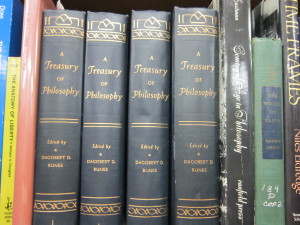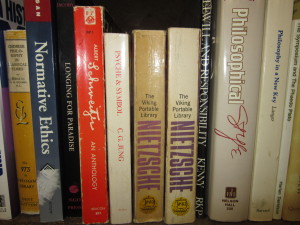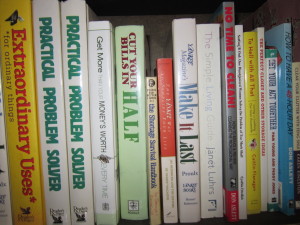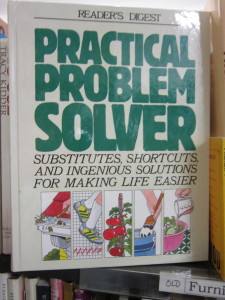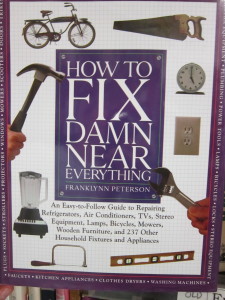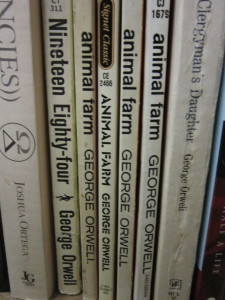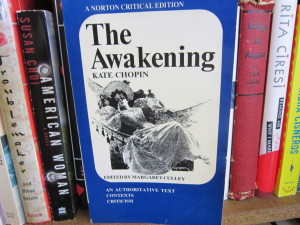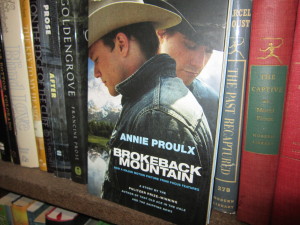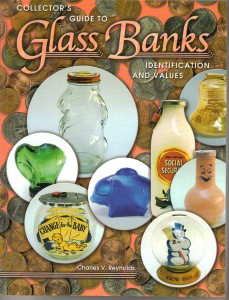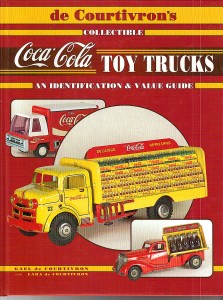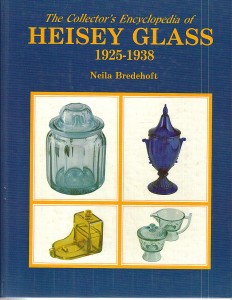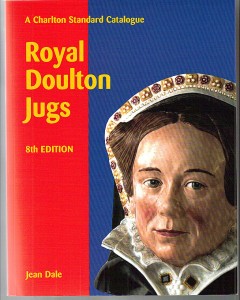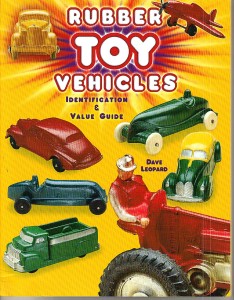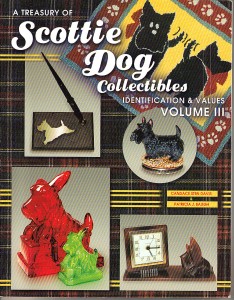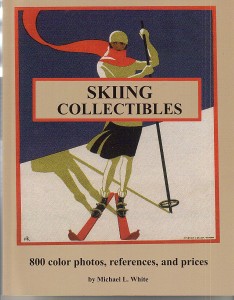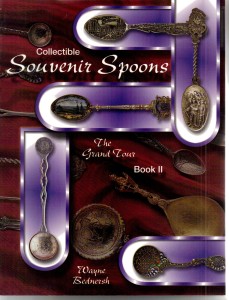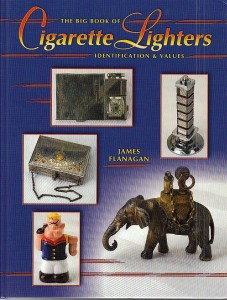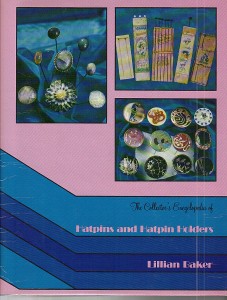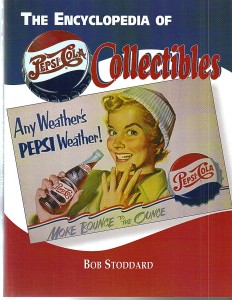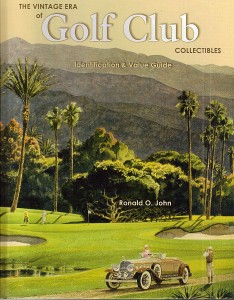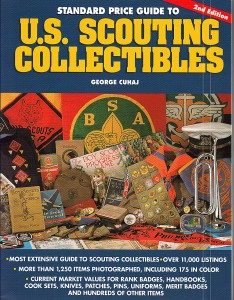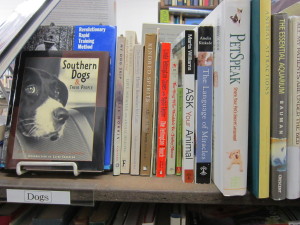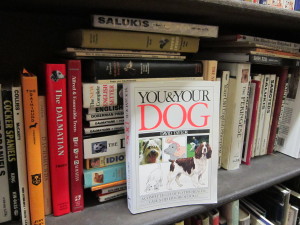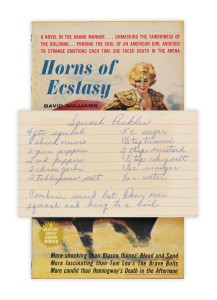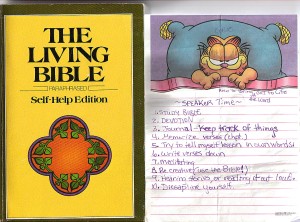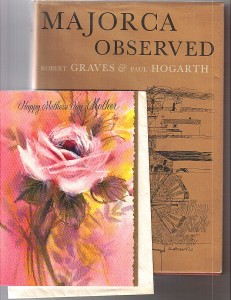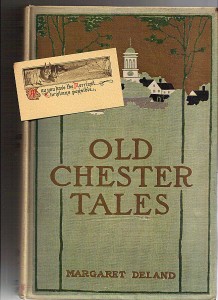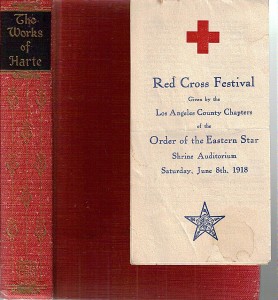I hope you are reading stacks of holiday books in your house – do you still need suggestions? I am reposting Melissa’s article from last year and we still have a great stock of holiday stories – even Kwanzaa!
There is a holiday tradition at our house. Beginning on December 1 and continuing through December 23, my two little girls receive a book under their pillow each night from The Book Fairy. I guess this is my version of Advent, and an excuse to shower my girls with the thing I love most…books. All year long I gather titles from East Side Books and stow them in the upstair’s closet. As my children grow, it is fun to dole out my childhood favorites that match their changing interests and reading levels. This year my eldest will find under her pillow a copy of Louise Fitzhugh’s Harriet the Spy, Newbery Award winner Ginger Pye by Elenor Estes, and a few more of the Nancy Drew mysteries that she loves. My youngest will receive several of the Stephen Cosgrove Serendipity books that she collects, Bruce the Bear by Bill Peet (her father’s favorite childhood author), and a children’s biography of Helen Keller.
Since the girls love to have their new books read to them for story hour, it is fun to pepper the giving with some classic holiday children’s books. This year, I turned to East Side Books owner Diane Doonan, holiday and children’s literature connoisseur, for help choosing some special holiday titles. Each holiday season, Diane unpacks a wealth of favorite Christmas and holiday books for children and adults. (See Get in the Spirit With Adult Holiday Fiction blog.)
Diane took my request seriously and responded with the following. I decided that I could not say it any better or with as much love and enthusiasm for books and illustrations as she did, so I am sharing her email with all of you:
Melissa,
I am looking at my kids’ holiday book shelf and pulled some of my favorites. The pile is quickly too tall, these have been MY favorites among MANY kids book favorites…here are my thoughts…
Of course when the kids are very young, you end up reading Pooh’s Christmas Wish and Rudolph a million times, but Little Critter’s attempts at pleasing his parents in Mercer Mayer’s Merry Kris Christmas Mom and Dad still brings a smile. And the simple text and strong graphics of Who is Coming to Our House? by Joseph Slater and illustrated by (one of my favorite illustrators) Ashley Wolff is one of my favorite retellings of the Nativity story for little ones. It is published by Scholastic.
There are also several versions of the Nativity story from the animals’ point of view that are beautiful and meaningful, and on my favorites list. Room for a Little One by Martin Waddell and illustrated by Jason Cockcroft is one beautiful version that conveys a warmth and a “Lion lies down with the Lamb” lovliness that I hope my children always associate with Christmas. Waddell’s more well known work is Can’t You Sleep, Little Bear?, and the cow’s singsong line of “there is always room for a little one here” warms my heart. Another incredibly beautiful nativity story is We Were There by Eve Bunting and illustrated by (another HUGE favorite) Wendell Minor. In this version, instead of just the cozy cow, donkey, and cat, the welcoming critters include scorpions, bats, and even the cockroach. Probably better understood by older children, the message is that even the “ugly” and overlooked creatures have a place and a purpose in welcoming the coming Lord. I think it is lovely.
All For the Newborn Babe by Phillis Root and illustrated by Nicola Bayley is as beautiful as an illuminated medieval manuscript. The text is a cradle song for Baby Jesus drawing in all of the traditional stable creatures plus the herons, wrens, and spiders that are each busy ensuring a warm and comfortable night’s sleep. As the dustjacket says, this one is a lullaby for every newborn child. For an even more unusual perspective on the nativity, how about What Star is This? by Josephy Slate and illustrated by Alison Jay. This book brings an intergalactic vision to the wise men and shepherds; I am not sure about the science, but the illustrations are awesome and the text is simple and sweet.
There is no doubt that The Night Before Christmas poem has taken on a life of its own in our culture. My family usually reads it on Christmas Eve as well as the nativity story.There are so many beautifully illustrated versions; I love the variety of interpretations and own some beauties. Some notable ones that should be readily available include a stunningly illustrated version by the Golden Age illustrator Arthur Rackham. First Editions of any work by Rackham run in the multi-thousands of dollars, but the reprints are great. Rackham is best known for his detailed fantastical color plates, but I adore the black and white line drawings that accompany this poem. From fir trees shaking hands, sleigh silhouettes, mischievous elves, to a smiling moon, these are wonderful. The detail is probably too small for really young children, but older kids and adults should appreciate it. Another silhouette version that I just discovered last year is by Niroot Puttapipat. It is called “A Magical Cut-Paper Edition”, and it truly is magical. Three color silhouettes incorporate intricate cut-outs that Hans Christian Andersen would be proud of! Like all of her children’s books, The Night Before Christmas illustrated by Jan Brett is beautiful and fanciful, and tells a whole other story in the sidebars. If you only own one version (and who would be that crazy), you would do well with Brett’s. Or there is the humoros retro-techno version by Richard Jesse Watson….okay I will stop.
Another aspect of Christmas that I liked to reinforce through stories with my family is the opportunity to recognize and act on others’ needs. Again, there are many, many wonderful stories out there but my favorites have evolved to be Christmas Day in the Morning by Pearl S. Buck (illustrated by Mark Buehner) which conveys the message that actions can speak louder than words and service is frequently the best gift, and….more. The setting is a family farm, and the story layers remind us just why Pearl S. Buck is a famous author. Similarly, but with a community and cross cultural layer as well, Patricia Polacco’s story The Trees of the Dancing Goats is visually beautiful and can bring tears to my eyes. A book my daughter discovered in the store, written by Carly Simon and illustrated by Margot Datz is called The Boy of the Bells, and brings Santa Claus and a nontraditional family into the mix while trying to do good deeds for Christmas. Katie and I both enjoy this one, and she loves that she found it! Lastly, it would not be Christmas without reading The Little Match Girl by Hans Christian Andersen. The version illustrated by Rachel Isadora is wonderful. I felt slightly guilty about reading this harsh, sad story to my kids until I saw Esme Raji Codell’s recommendations in How to Get Your Child to Love Reading. Okay, maybe don’t read it to a sensitive four year old, but older kids still respond to the powerful images as they have for over a hundred years, and I believe it is appropriate when considering the realities of poverty before family community service activities.
Lastly on the my favorites list, some books find their place just for being fun and invoking the atmosphere of a family holiday. My kids loved A Pussycat’s Christmas by Margaret Wise Brown and illustrated by Anne Mortimer which reads like a long poem. This one is not an obvious choice to start with, except for the notable cat illustrations, but I think Brown’s talent in seeing the world as a child (as well as the cat) shines through and I now love it too. Not strictly a Christmas tale, The Tomten and others by Astric Lindgren is a magical seasonal favorite. Another Jan Brett story, The Wild Christmas Reindeer is also a perpetual favorite. And I have to include A Wind in the Willows Christmas illustrated by Michael Hague. An excerpt from Kenneth Grahame’s classic, the trees, Mole, and Mice renditions by Hague are not to be missed. I think Michael Hague is our era’s Arthur Rackham, and I buy all of his works, but this one is a fun, longer read for Christmas as well.
Sorry Melissa, I think I got carried away!
Diane
P.S. from Melissa (When I stopped by East Side yesterday, Diane had a few more titles to add to the list–all that looked too good to omit from this blog entry. I will just give you the titles and you can go check them out yourself: Christmas by Barbara Cooney, A Charlie Brown Christmas by Charles M. Schulz, Little Tree by e.e. cummings, Morris’s Disappearing Bag by Rosemary Wells, It’s Christmas by Jack Prelutzky, Christmas in the Country by Cynthia Rylant, The Little Drummer Boy by Ezra Jack Keats, and Merry Christmas, Curious George.)
